Twelve Cautionary Urban Tales: Our Acts Make the City
The exhibition at Matadero Madrid, Twelve Cautionary Urban Tales, brings a fresh look into the (im)possible urban futures. It prompts us to wonder about individual actions – mundane or extraordinary, planned or accidental – and the ways in which they contribute towards building the city of tomorrow.
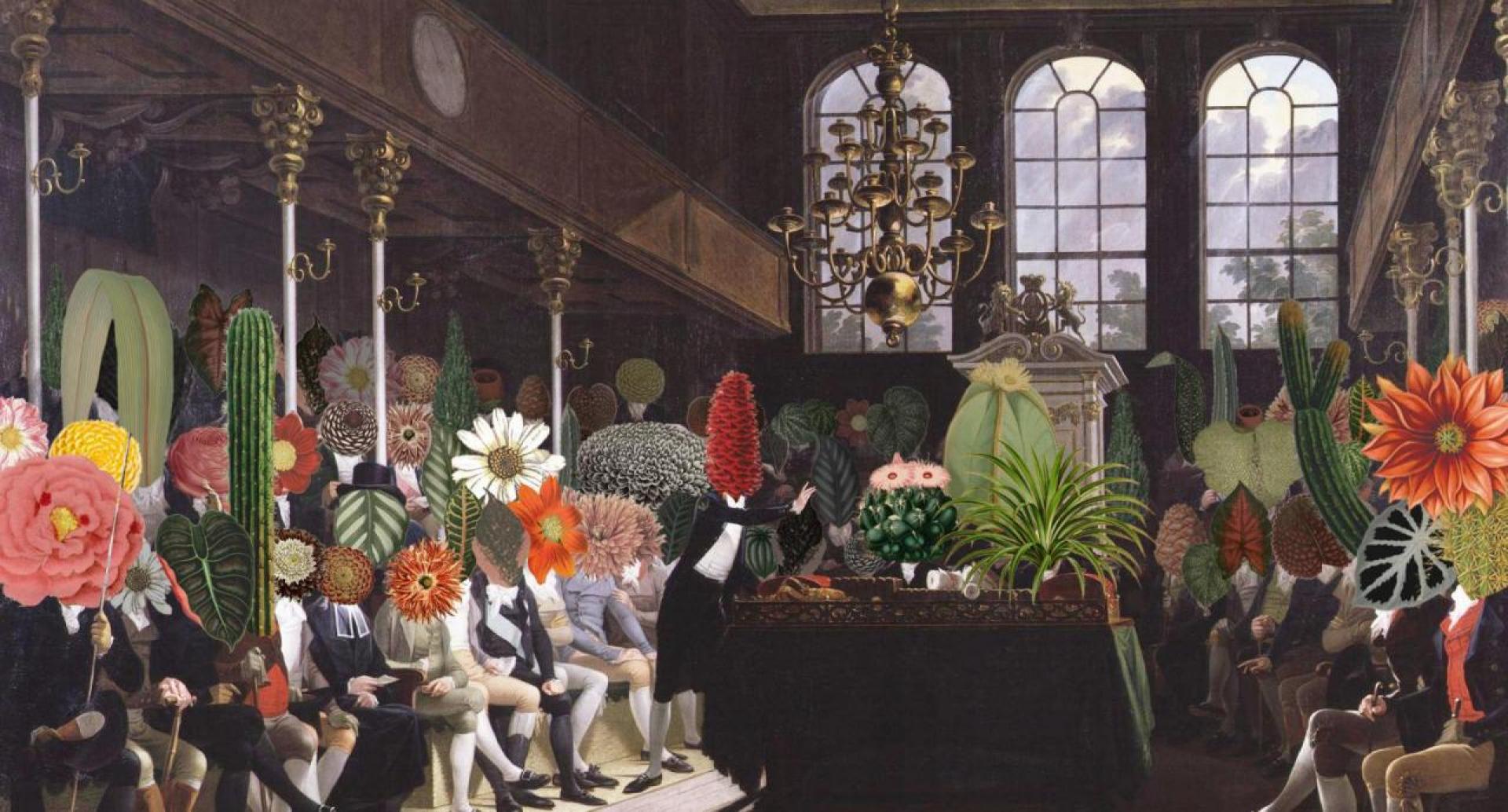
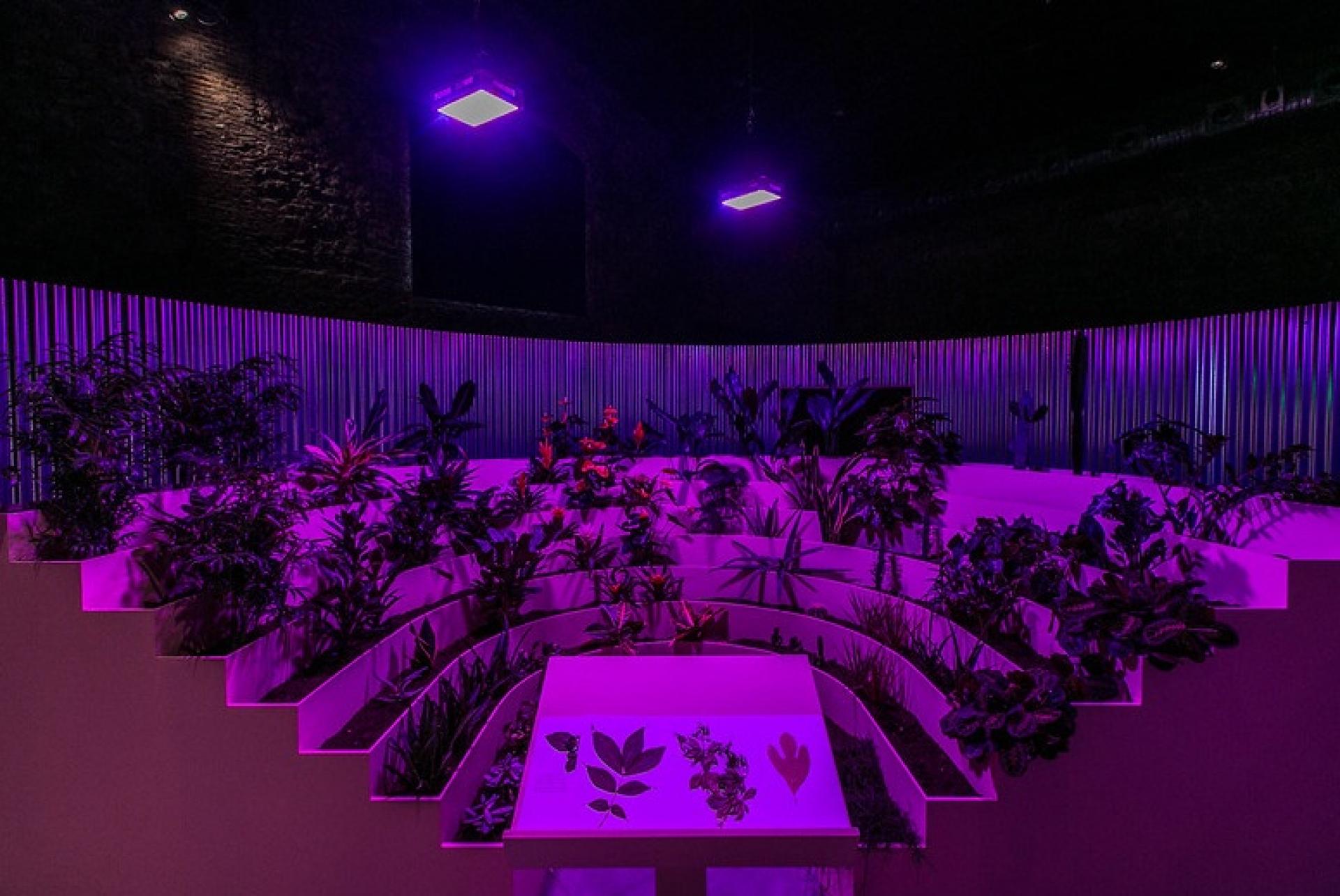
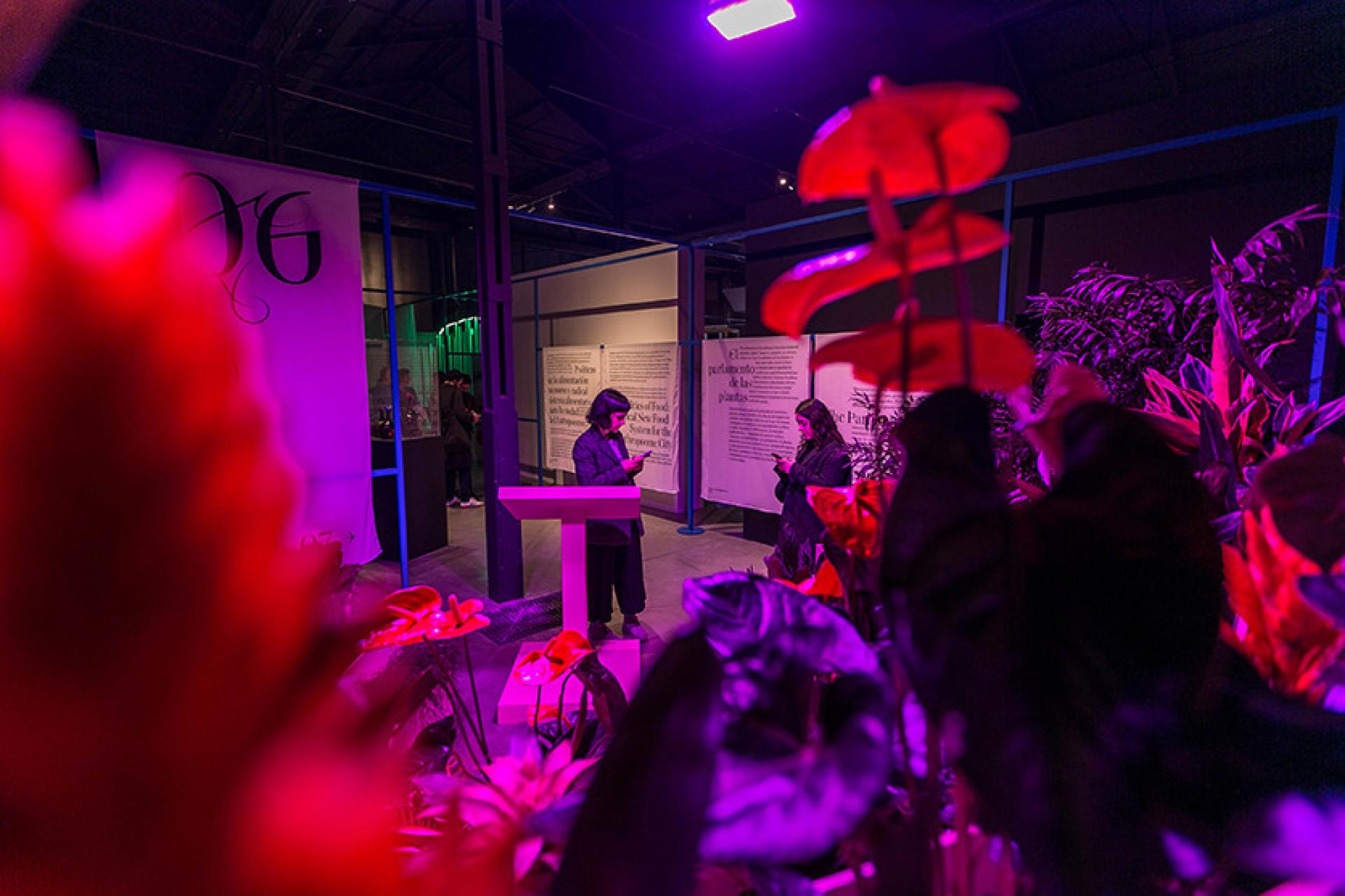
Celine Baumann’s Parliament of Plants; imagining a democracy based on the principle of mutual care and support. | Photo © Lukasz Michalak
It is interesting to write about it at this moment when, due to the Covid-19 pandemic, our urban experience is turned upside down. Right now most of us can do the most by completely retreating from city life and staying physically away from each other. And still, as we try to do this from afar but in unison, in solidarity, we already lay the groundwork for our shared future city. What could that city be? Take a look at the exhibition to delve into the cautionary tales.
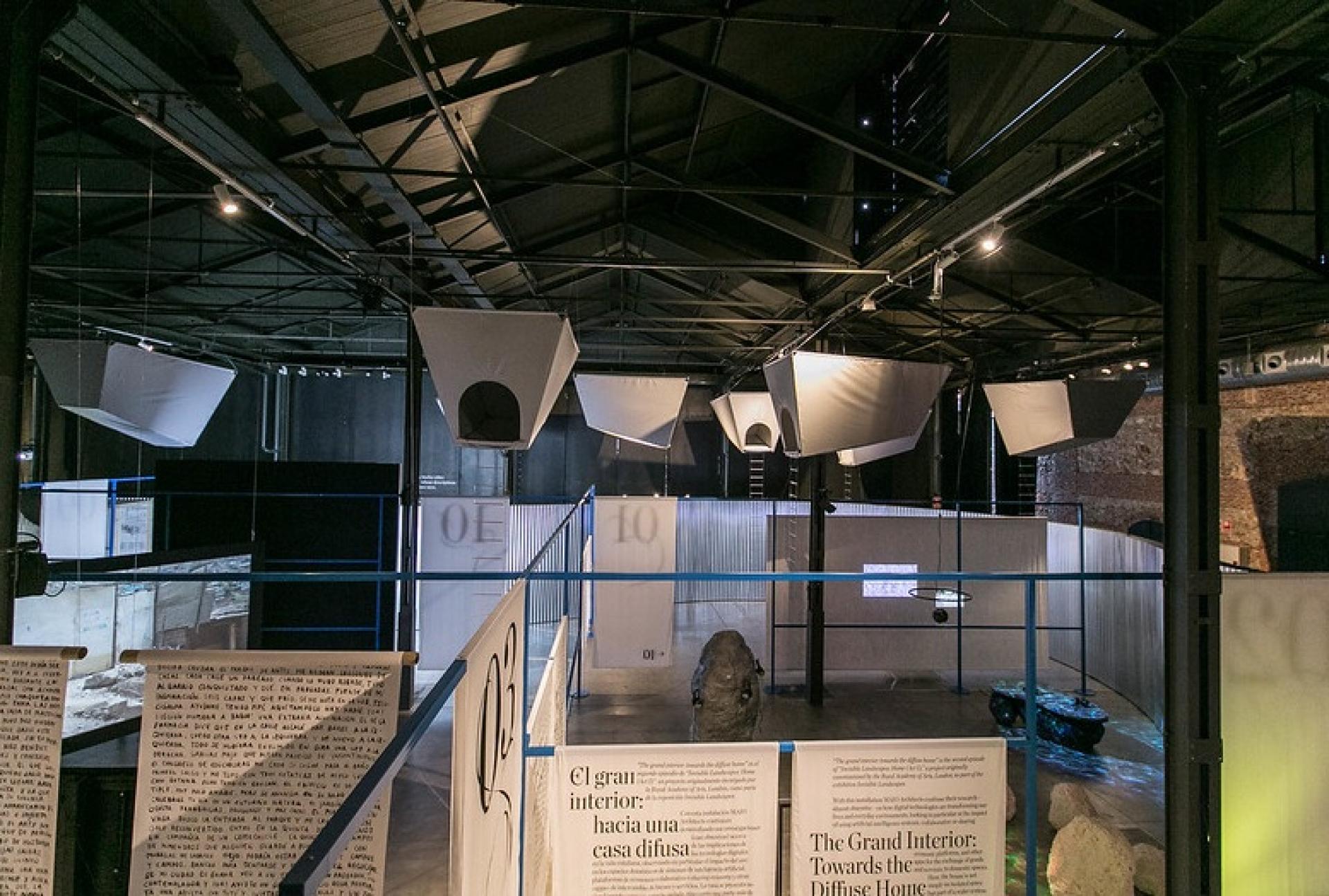
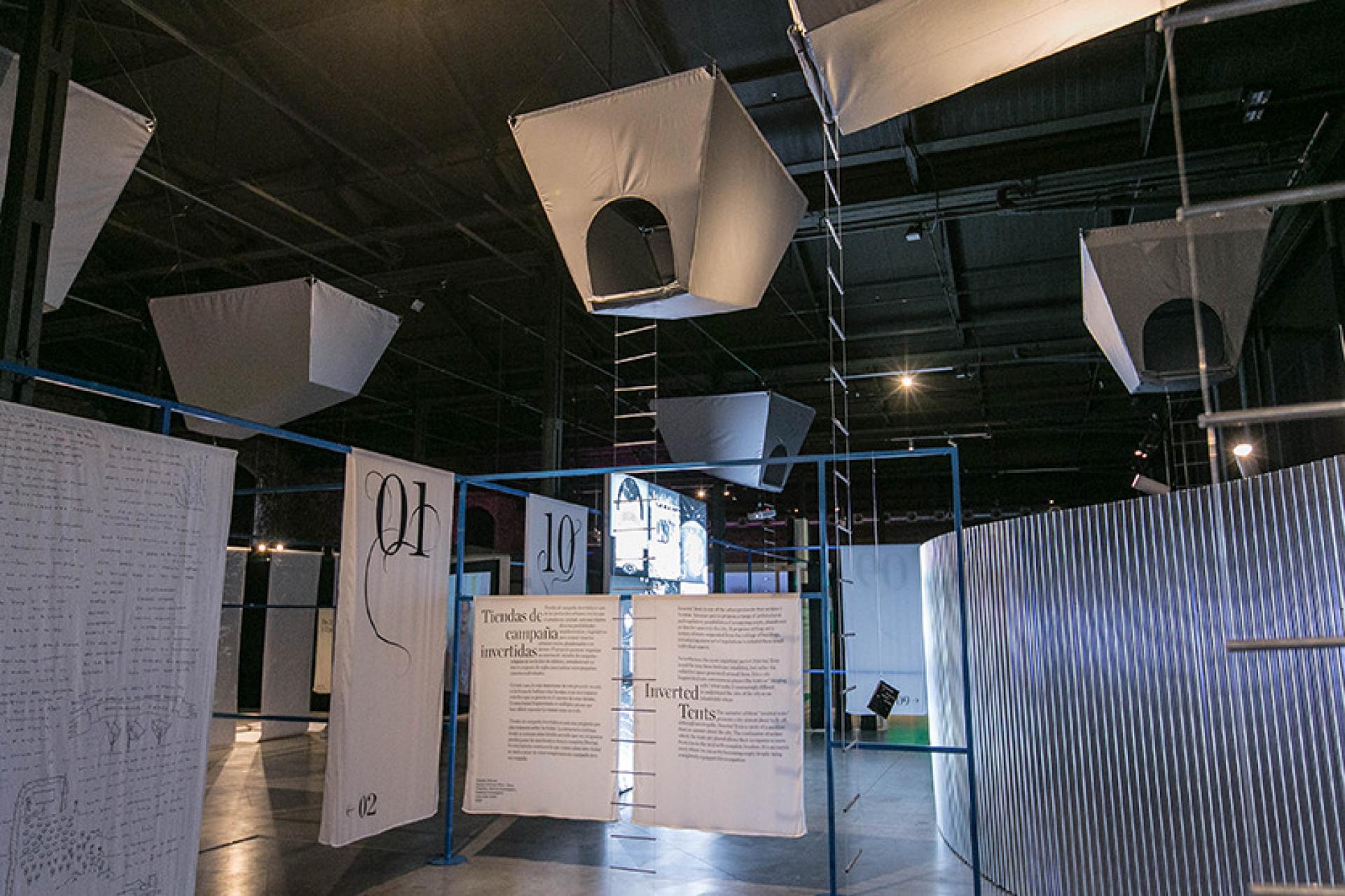
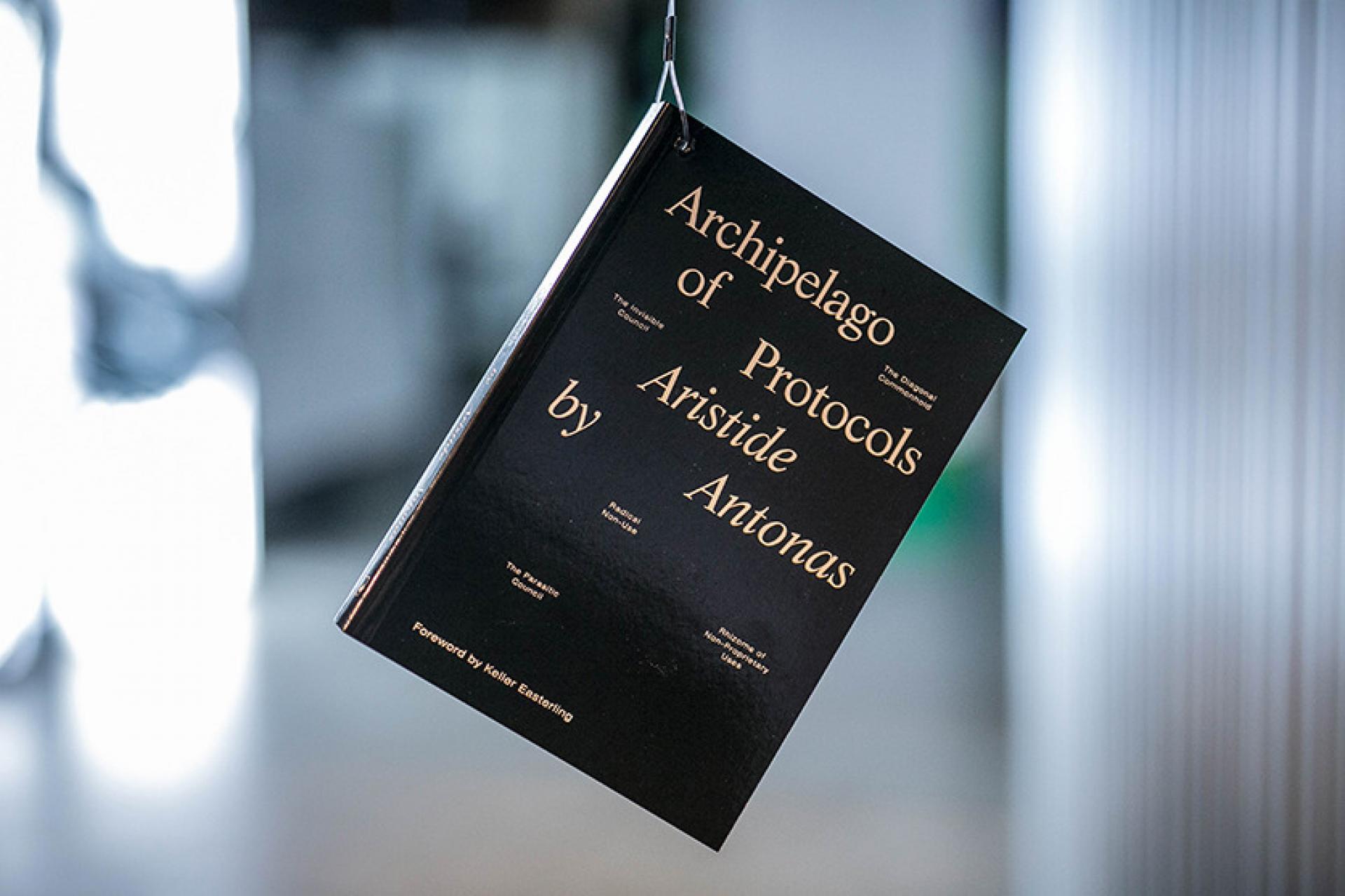
The first of twelve tales: Inverted Tents by Aristide Antonas, telling about a city fragmented into autonomous pieces | Photo © Lukasz Michalak
Twelve Cautionary Urban Tales, curated by Ethel Baraona Pohl, was opened on February 13 at Matadero Madrid. It consists of twelve cities – that is, twelve stories of cities – asking and teasing and urging us to think about the urban futures. Who do we really live with, in this big city, in this cyberspace, in this tiny room? How children play, and why is that important? Would plants make better parliamentarians than we do? What if we actually listened to the sound of injustice we keep imposing upon Earth? Is our first city in outer space going to reproduce the capitalist mode of production? Did you learn or do anything interesting yesterday?
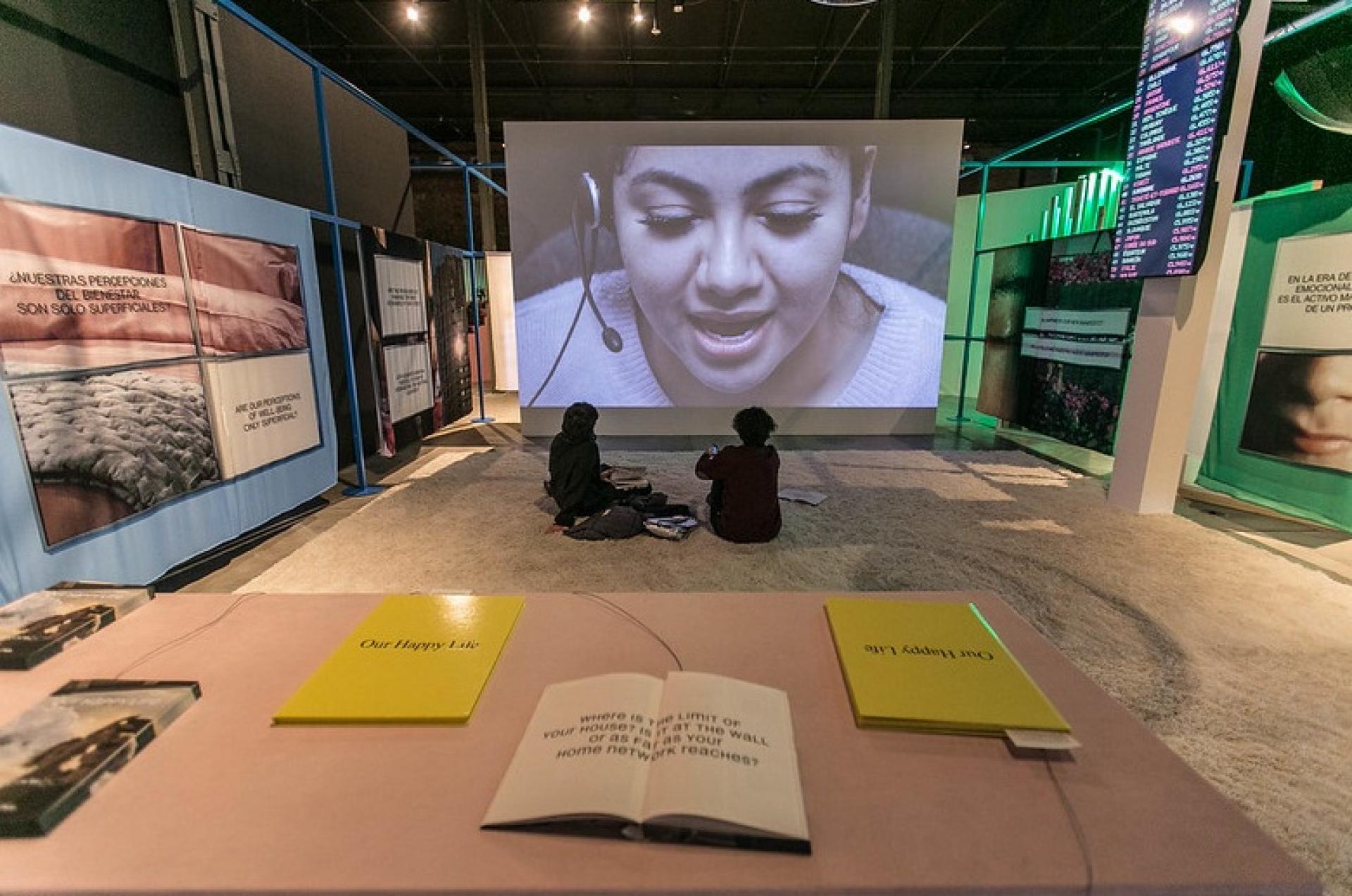
Are the producers of happiness rankings the new designers of our cities? Our Happy Life: Architecture and Well-being in the Age of Emotional Capitalism curated by Francesco Garutti CCA. | Photo © Lukasz Michalak
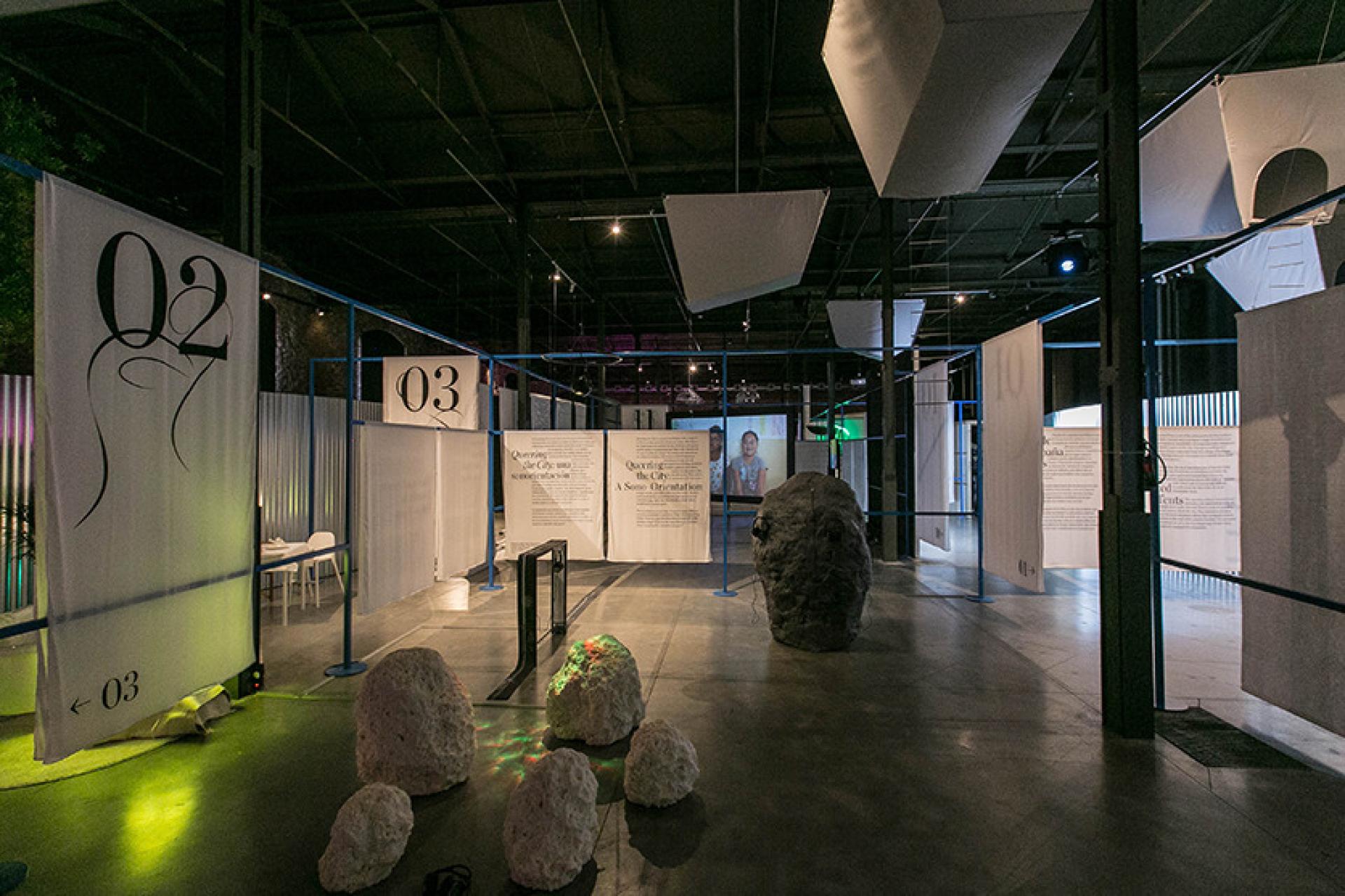
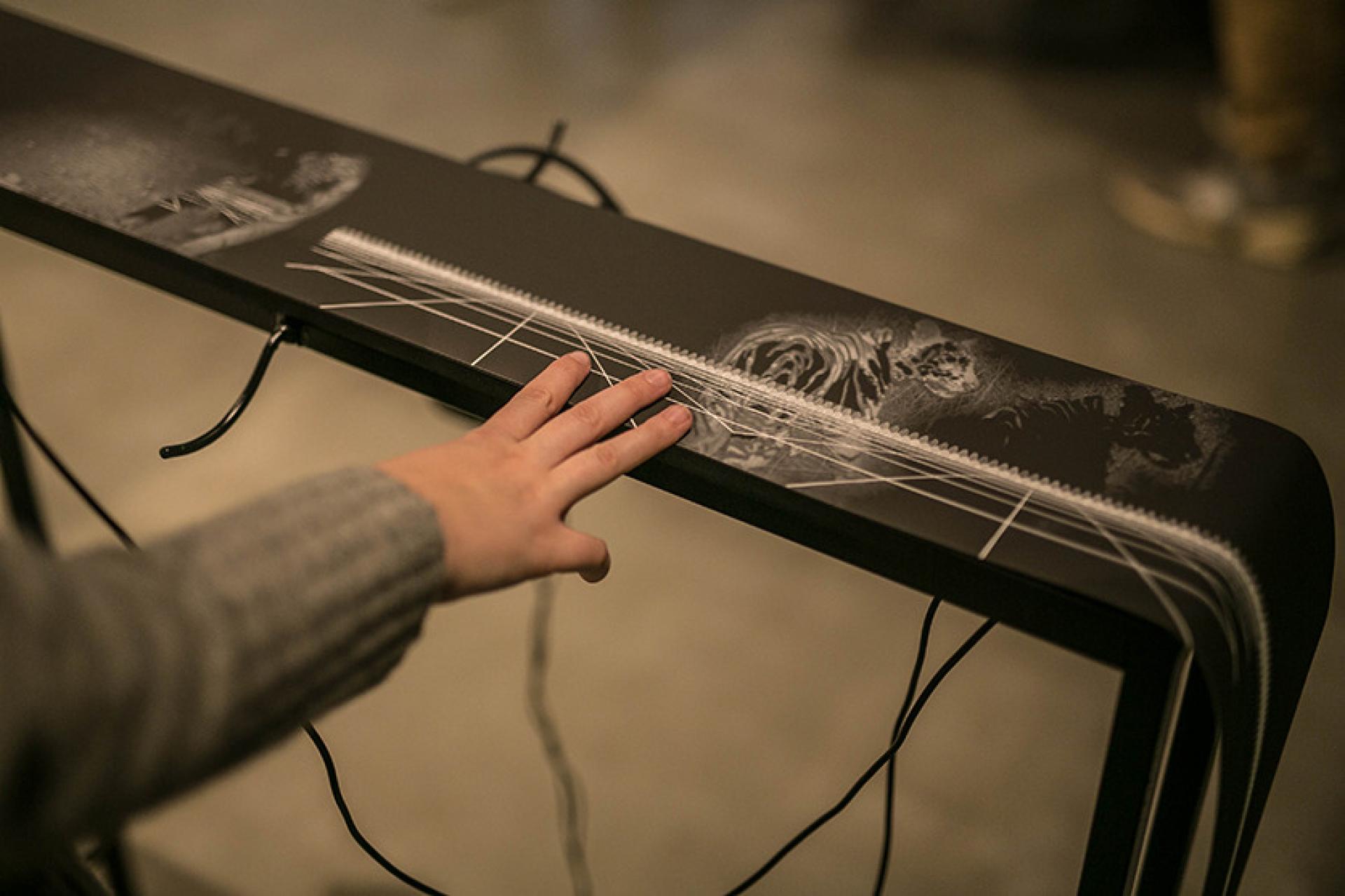
Queering the City is a sound installation with a range of works by artists invited by Katayoun Arian. Its content and connections are subject to rhythmic formations and deformations. | Photo © Lukasz Michalak
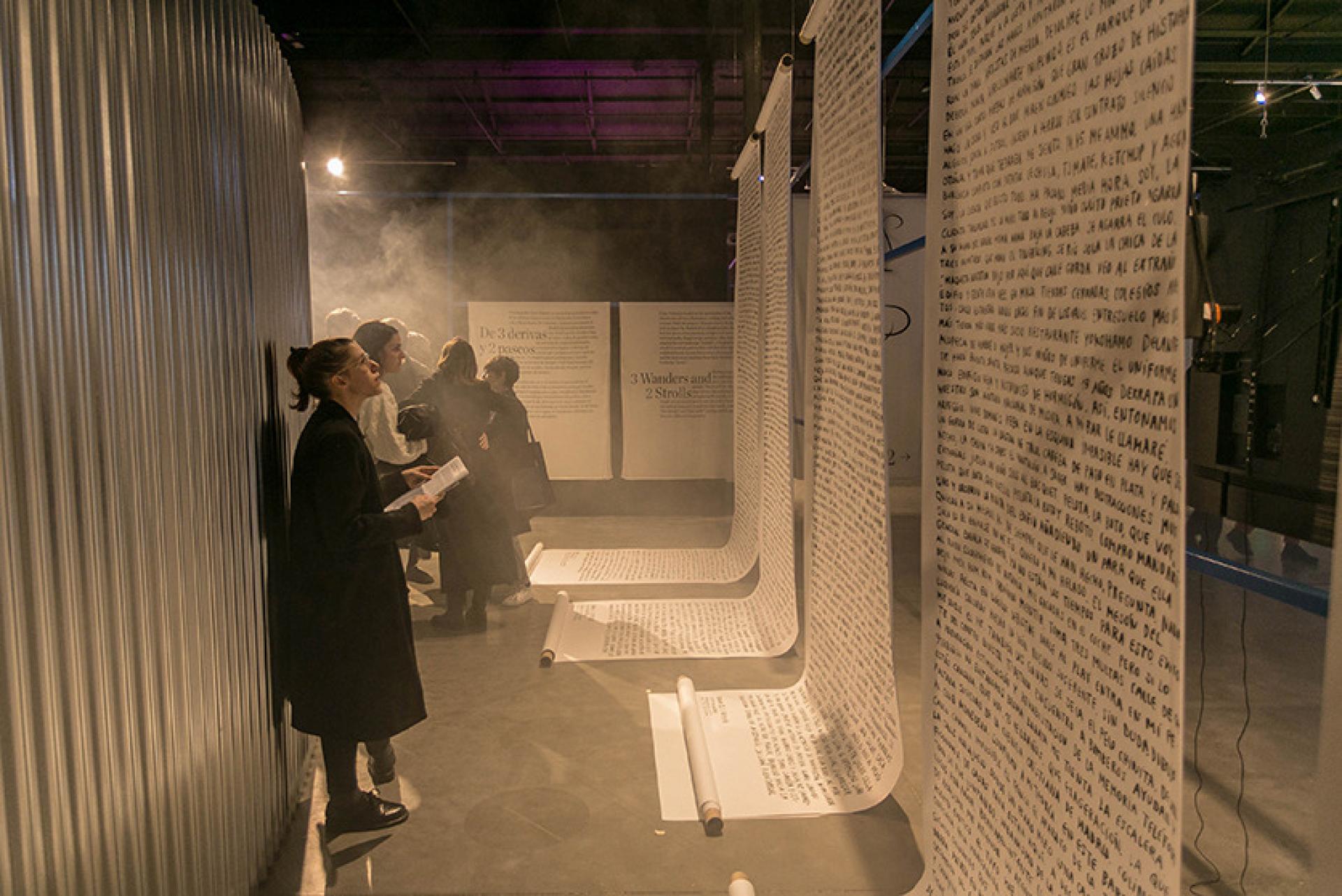
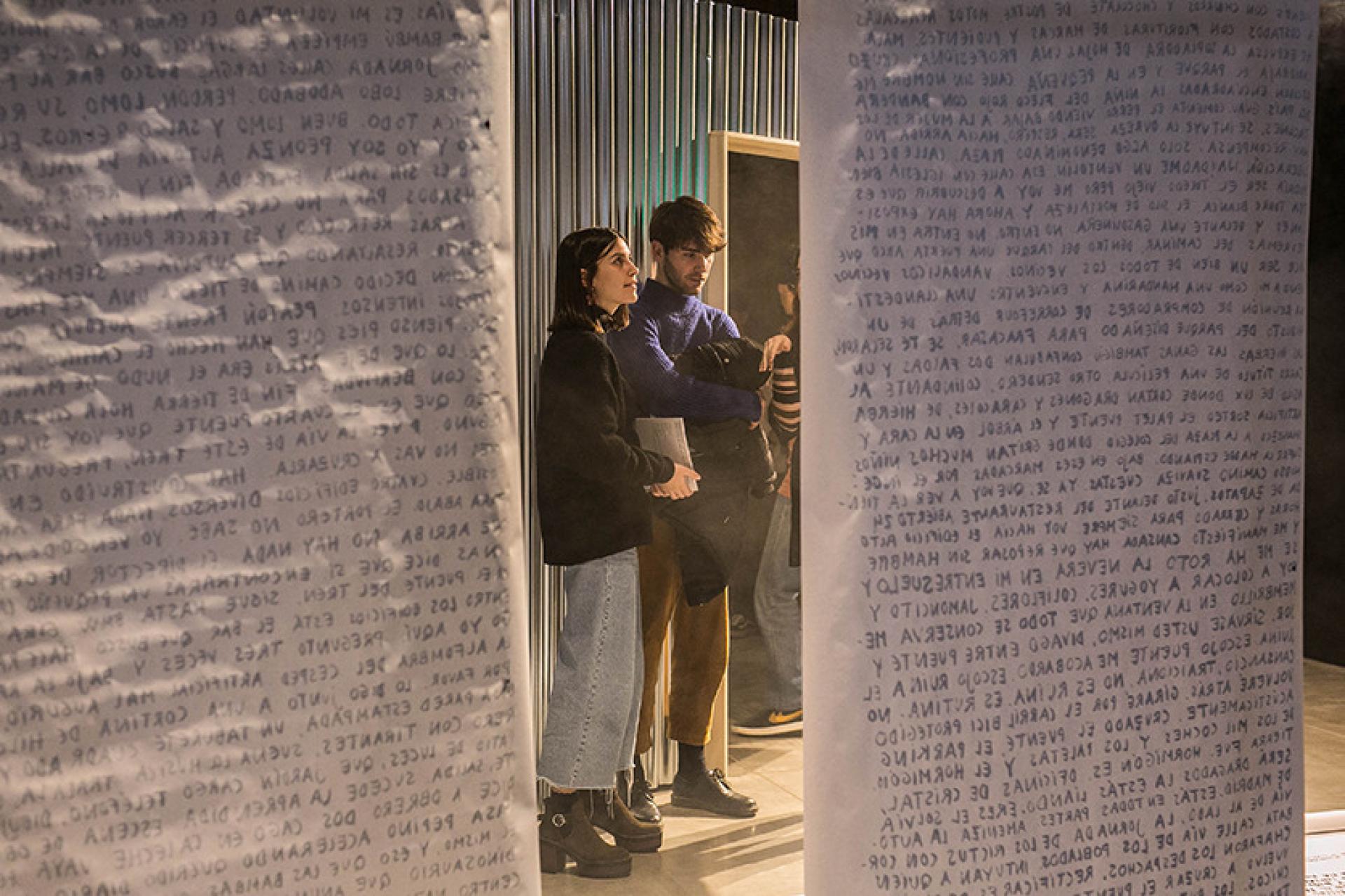
With the project 3 Wanders and 2 Strolls, Clara Nubiola explain the Madrid and its infrastructures that has grown from junctions, bridges, informal paths, illegal camps, and glass office buildings. | Photo © Lukasz Michalak
To make us stop and think about all of this and more, Ethel Baraona Pohl, the curator, critic, and the co-founder of dpr-barcelona publishing house, has brought together a variety of practices, from different fields and generations. Their artistic installations compose an exhibition inspired by Superstudio’s famous piece Twelve Cautionary Tales for Christmas, published in 1971 in Architectural Design. With these “twelve visions of ideal cities”, Superstudio gave an enduring lesson on the perils of modernist utopias, the dangers of perfectionism, and the illusion of happiness found in blissful ignorance and blind fate in technology.
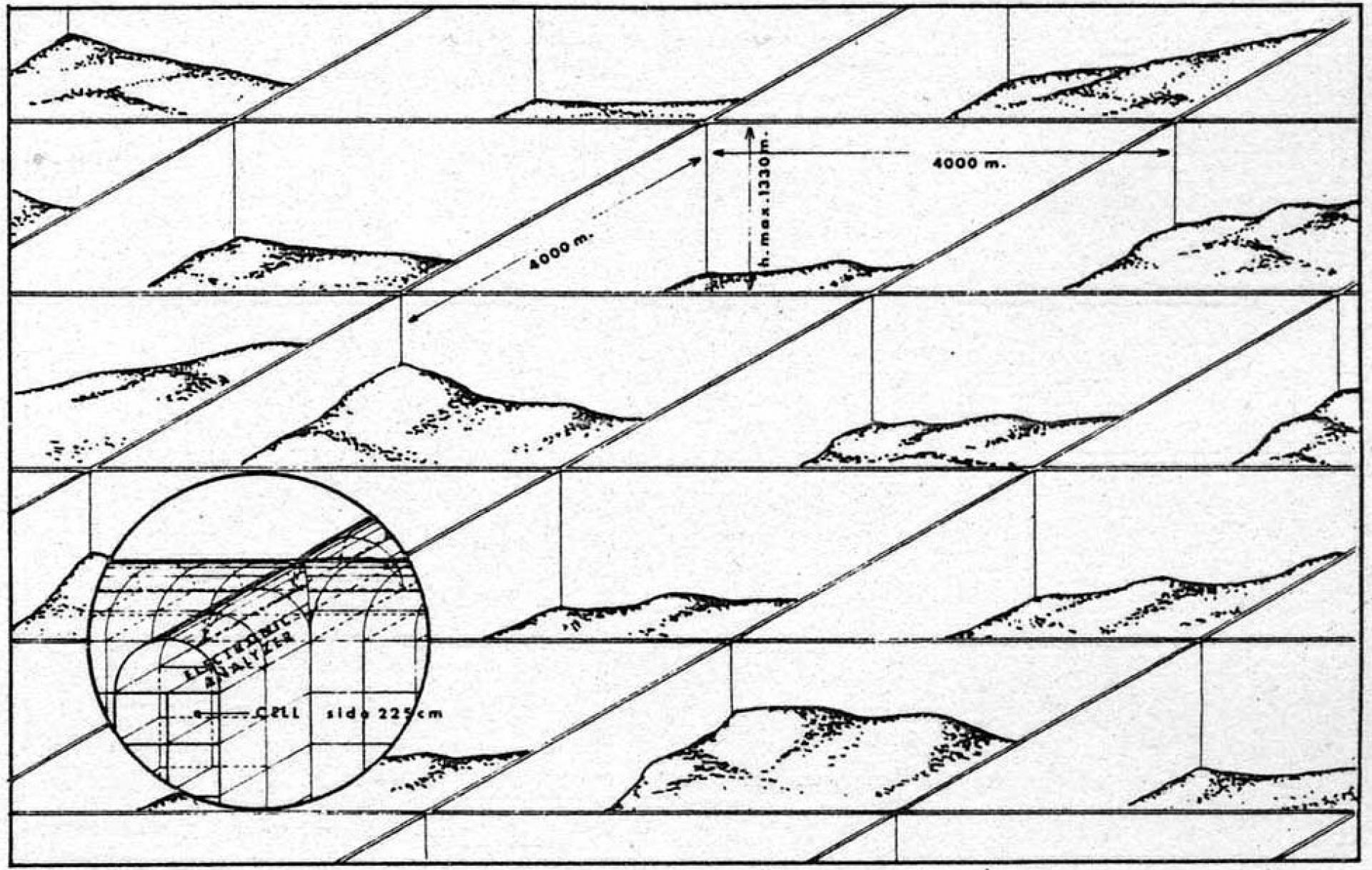
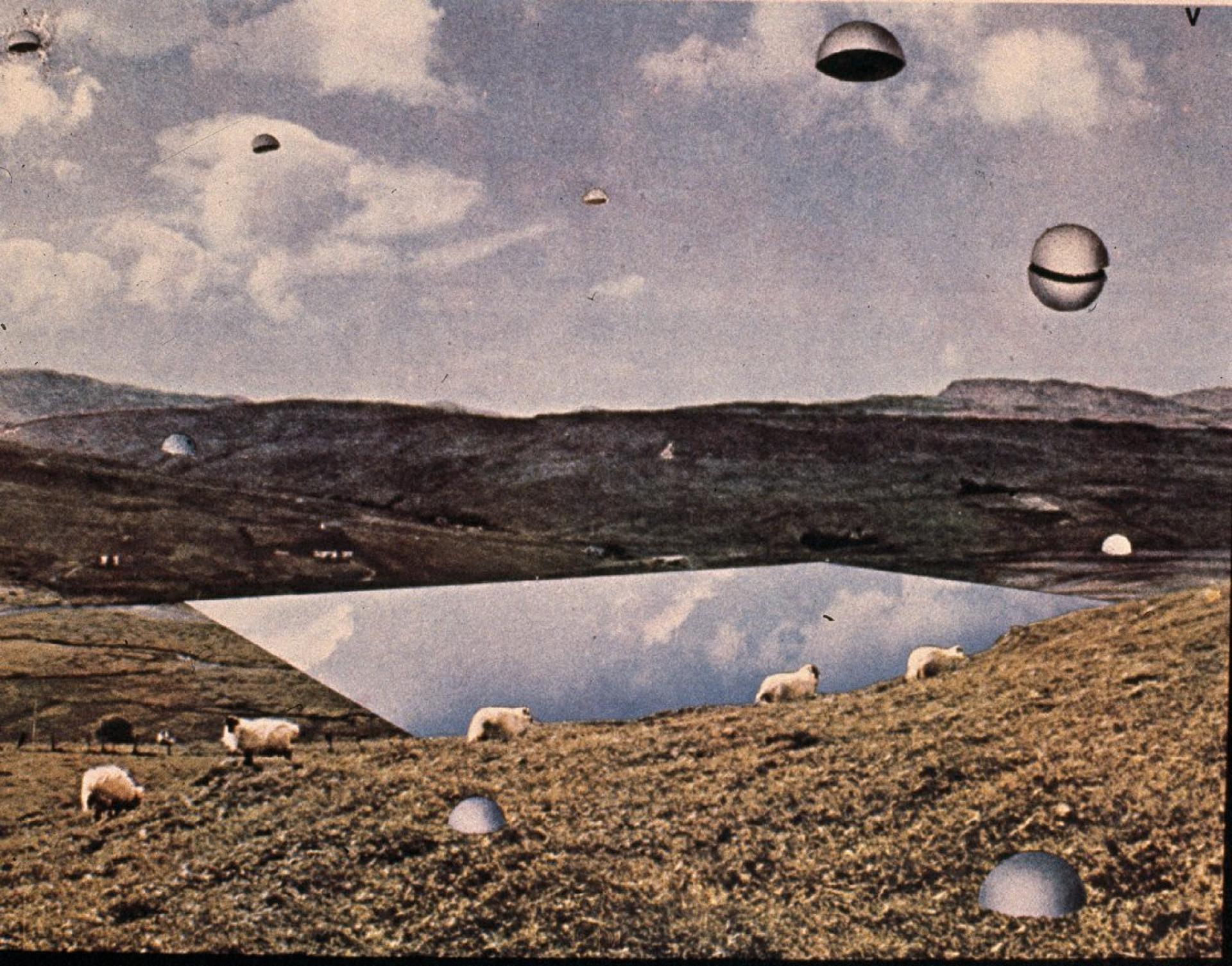
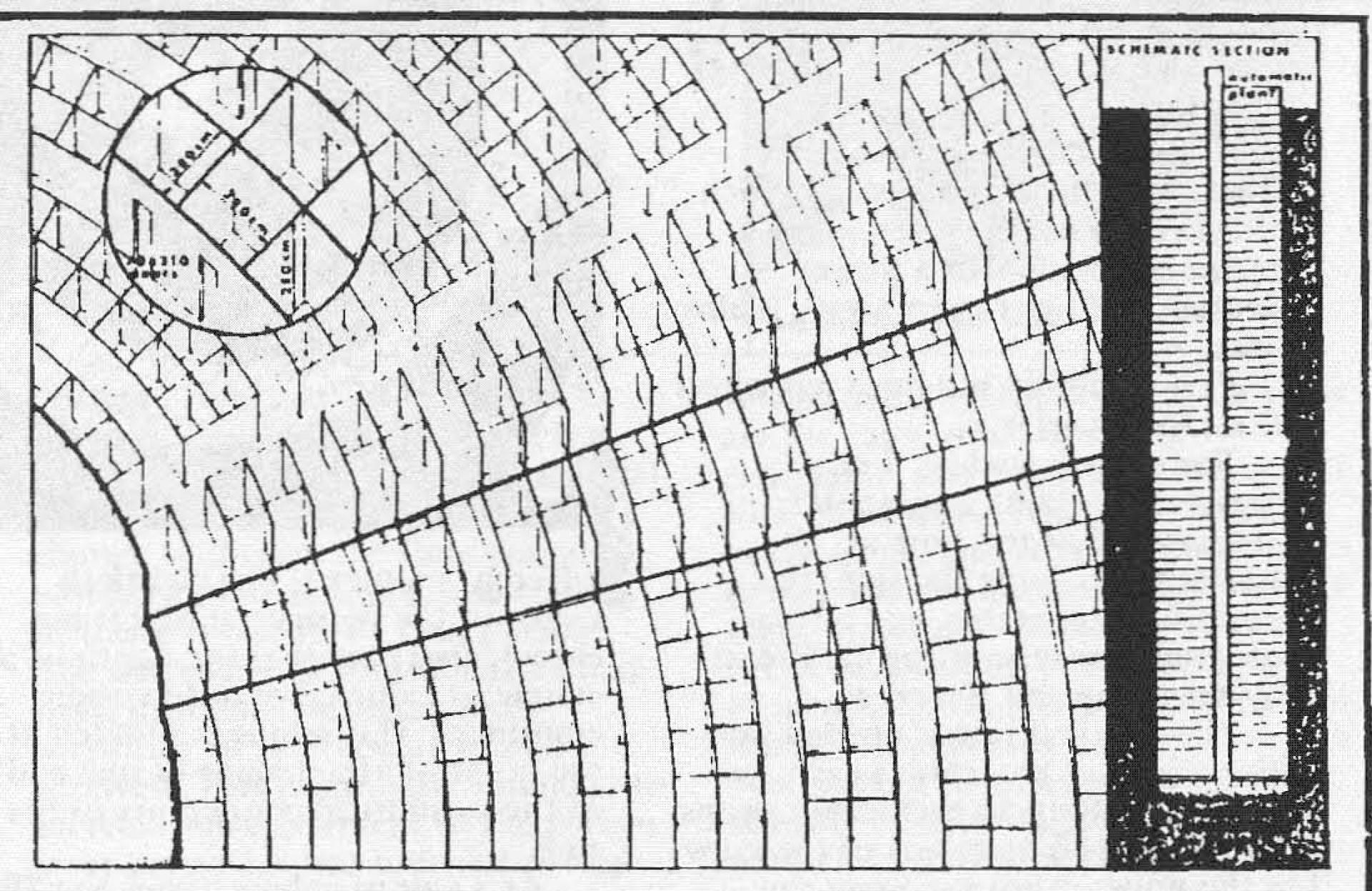
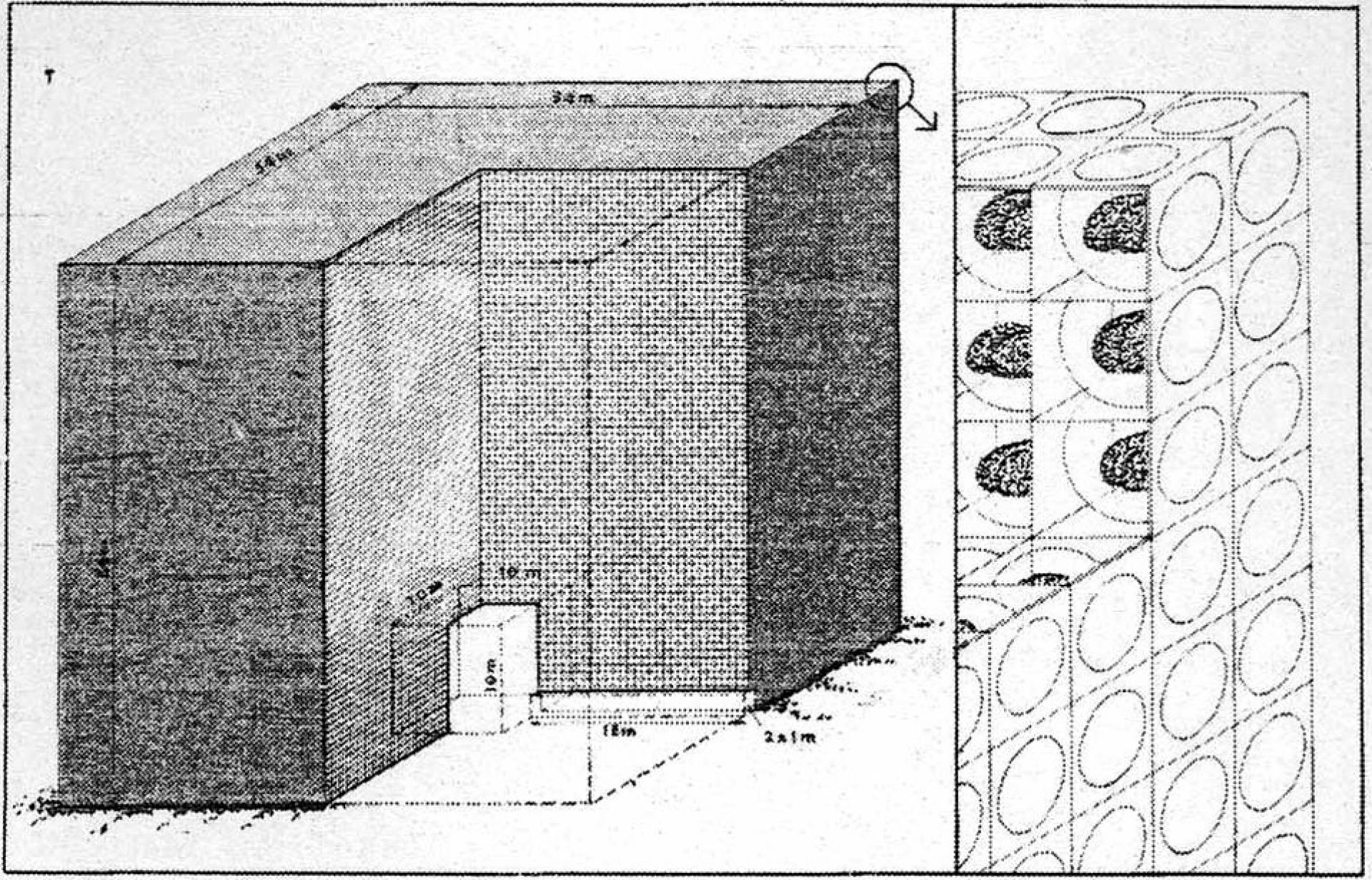
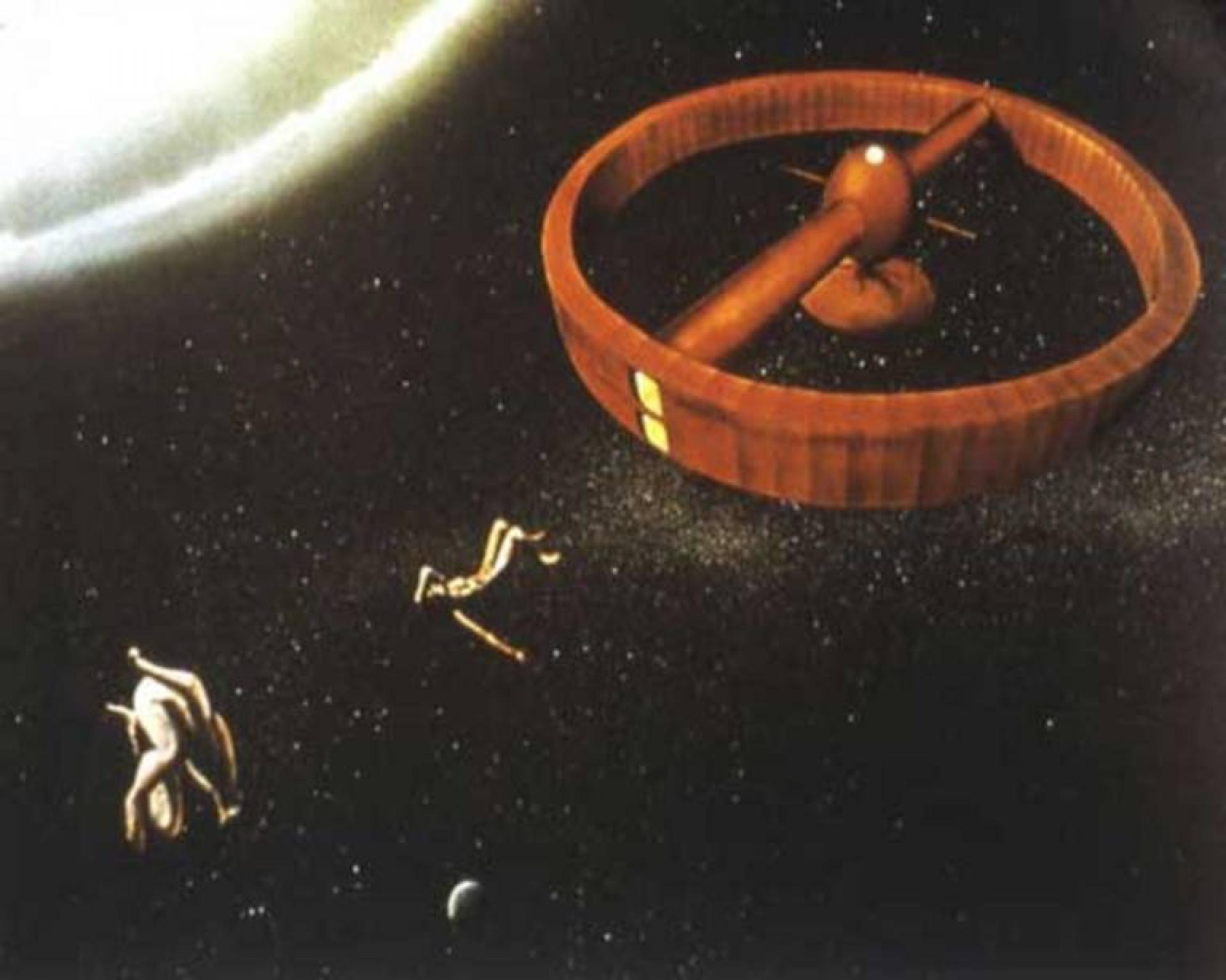
Superstudio’s ideal cities “free from contradiction, equivocation and indecision.” | Illustrations via arqueologiadelfuturo.blogspot.com
The influence of Superstudio’s radical work cannot be overstated, and the work itself should be studied and analyzed in the context of the critical debate of the 1960s and ‘70s. But it might be interesting to briefly remember some of the Superstudio’s sharp, unexpected, science-fiction inspired visions. Their first city might give you eternal life on a grid of perfect equality, but it will also crush you with a 2,000 tons panel if you so much as consider rebelling against the system. The eighth city, with its perfect proportions and terraces narrowing as they go up all the way to the mysterious top, is the embodiment of class exploitation. The tenth city solved the problem of democracy and public participation by reprogramming anyone who’d ever questioned any of the mayor’s decisions. And the sixth city, the one where you can pay to go in and be whoever you choose to be and do whatever you want to do, might have inspired the TV series Westworld. The issues at the center of Superstudio’s tales have not faded, and their provocative message still warns us, and rightfully so, about the limits of a mechanic, technological perfection which anesthetizes human imagination, and about the values of human action and contradiction.
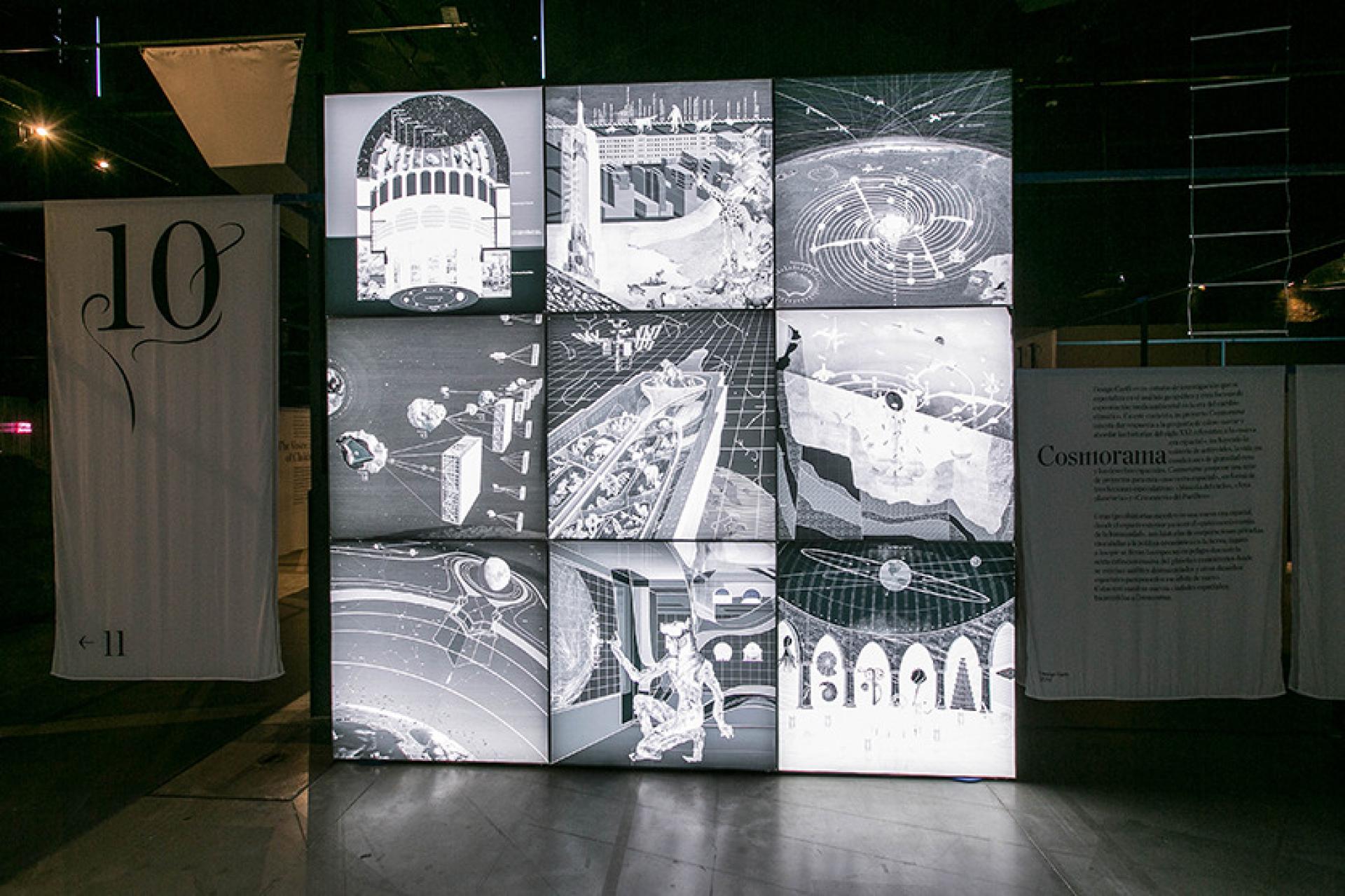
Cosmorama is a version of one previously exhibited in 2018 at the US Pavilion at the 16th Venice Biennale by Design Earth. | Photo © Lukasz Michalak
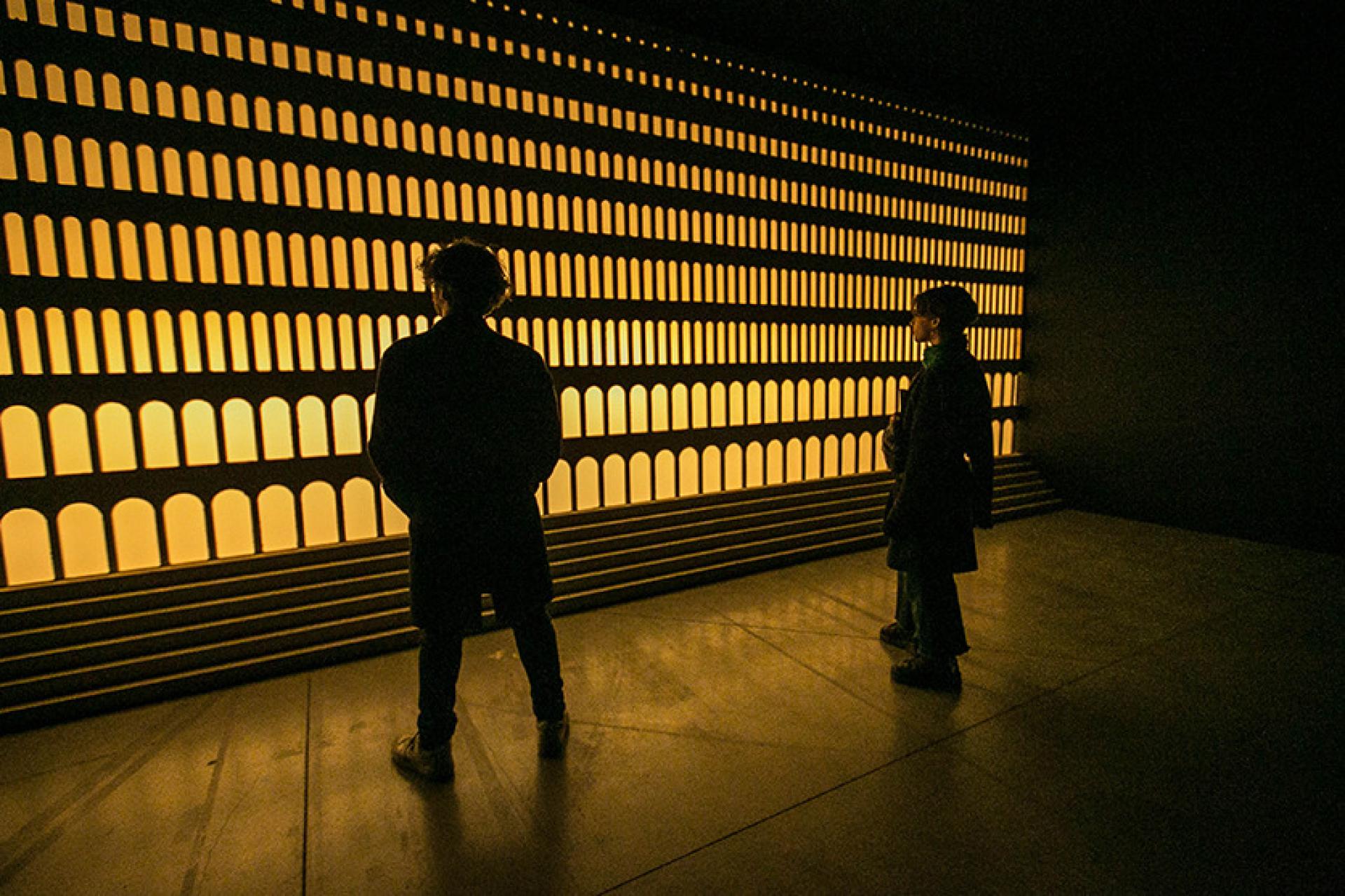
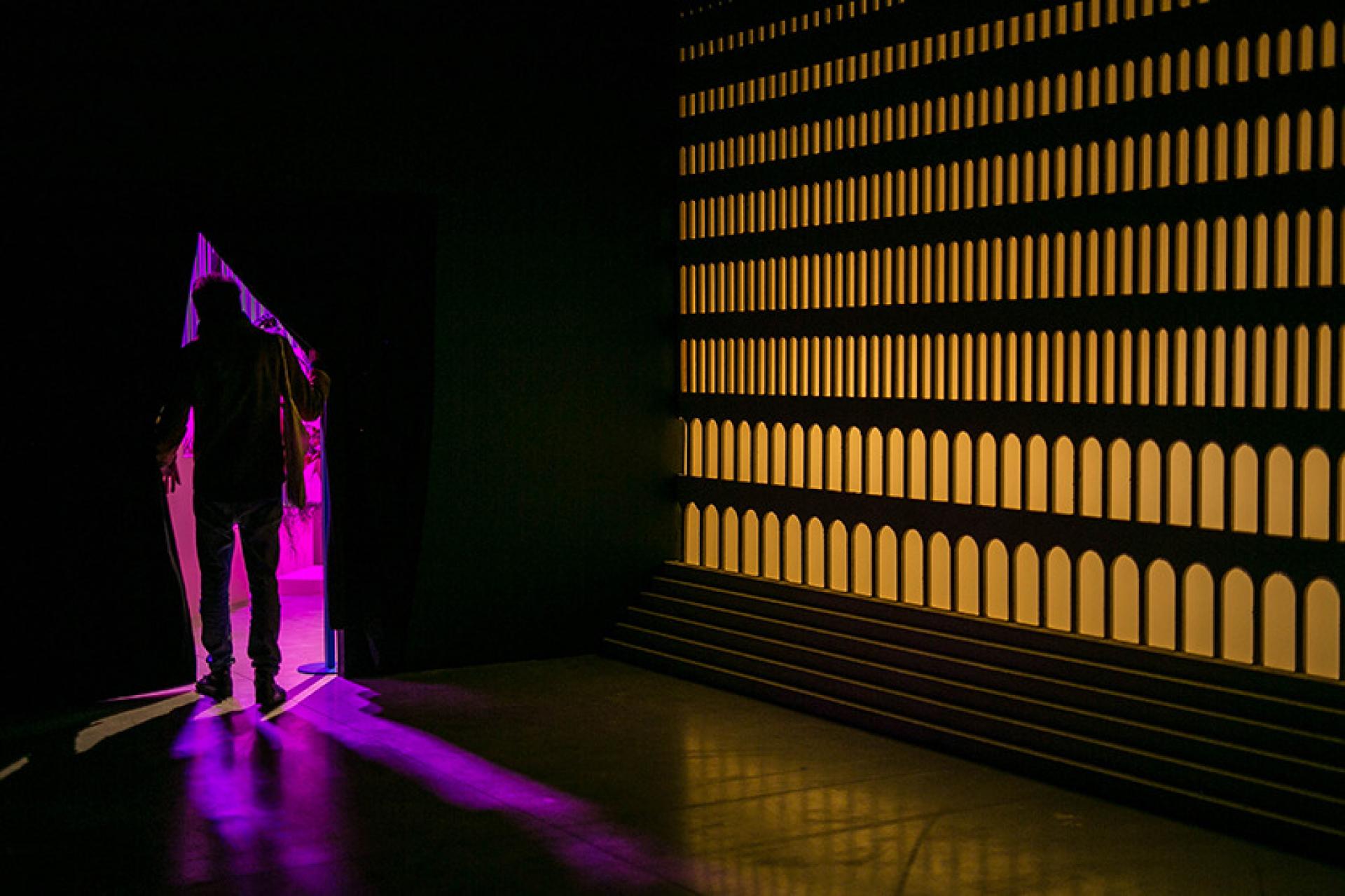
The Atom People by Traumnovelle, based on the machine-city, questions the paradox of contradictory relations that occur in nature when it is born from the search of ecology through technological means | Photo © Lukasz Michalak
Exhibition Twelve Cautionary Urban Tales furthers the conversation by putting human action front and center, to be either criticized, admired – or simply induced. These tales have grown into installations, which bring forward a set of questions about our relationship with nature, with each other, with architecture, with political and physical spaces we inhabit, and with those we (still) don’t. And we must come up with some answers: there’s no sleeping through the urban challenges we face today, there’s no one to take over the control panel of our joint existence. We are building our messy cities together, and look, hear, feel – this is where we might end up!
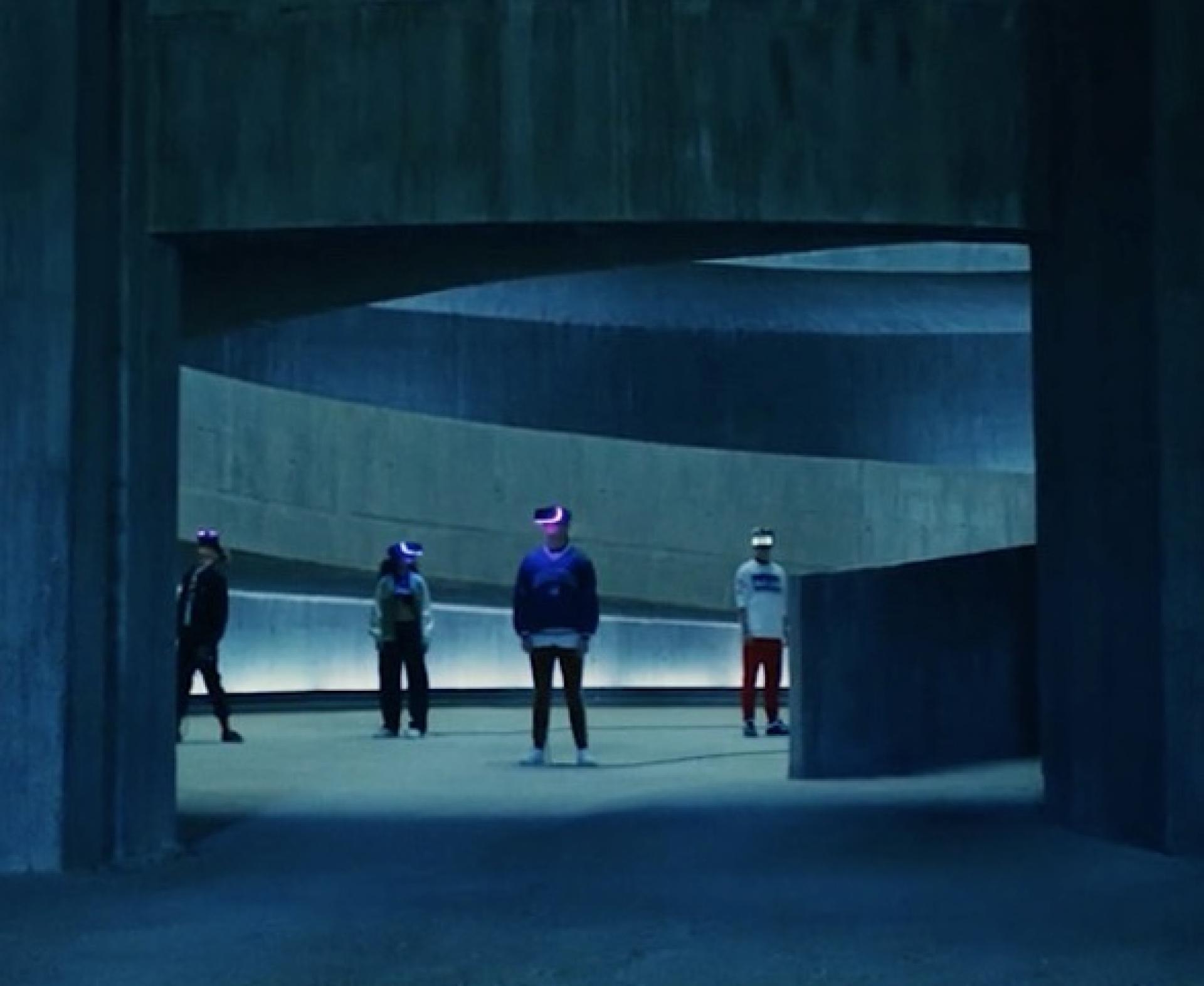
Guerrera video, filmed at the Automotive Museum by Eduardo Barreiros, is one of the works featured in the audiovisual archiving project Selling Bricks.
It addresses the relationship between urban music and an architectural object, the role of popular culture in the dissemination of architectural heritage.
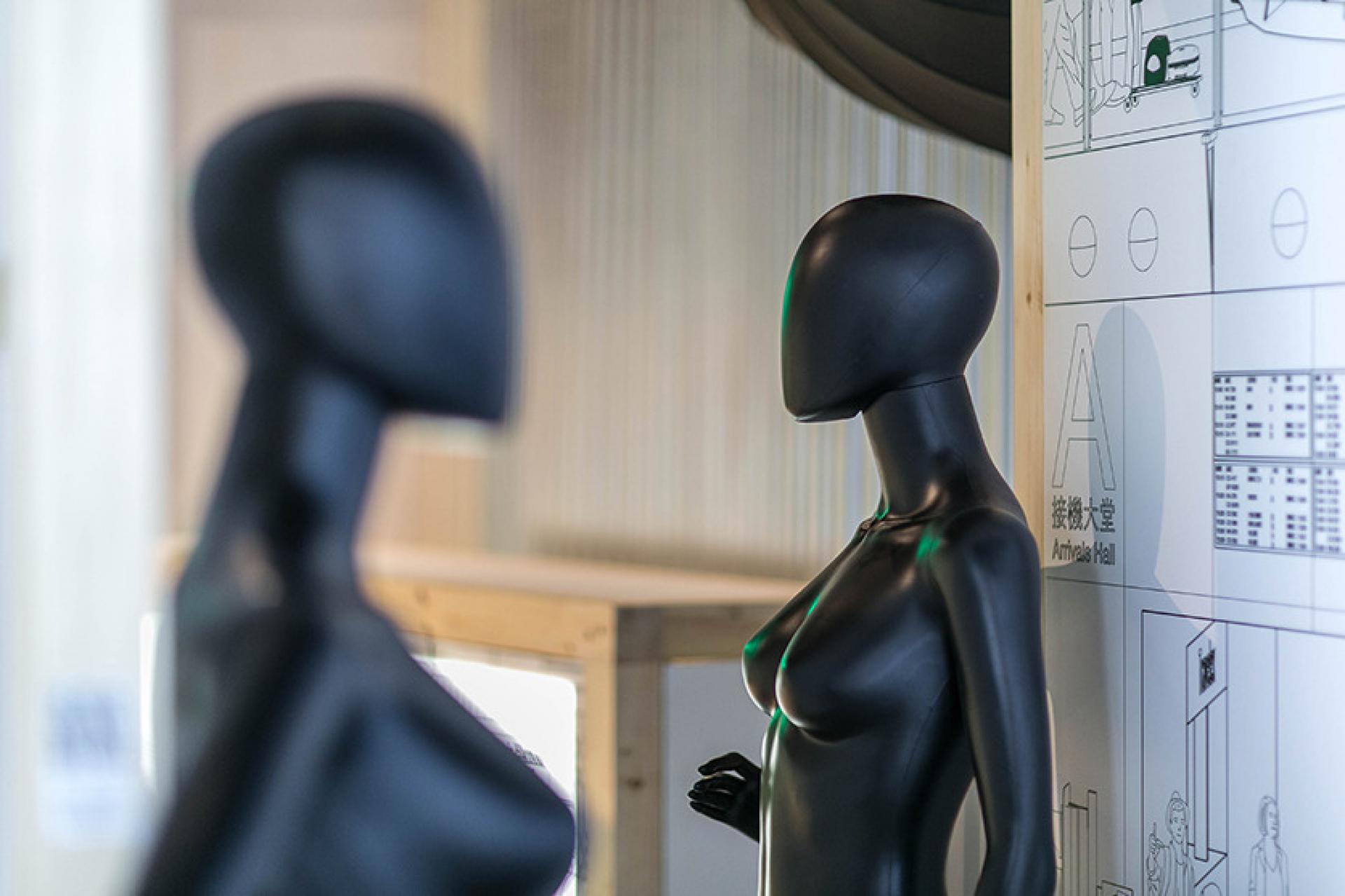
Unsettled Urbanism by Merve Bedir, Chong Suen, Sampson Wong is a call to understand how collective spatial intelligence is produced and the other ways of living the city that emerge. | Photo © Lukasz Michalak
The storytellers bringing their cautionary tales forward are Aristide Antonas with Inverted Tents, Katayoun Arian with Queering the City: A Sono-orientation (with artists Angela Anderson, Irene Cassarini, Karachi Beach Radio, and Gayatri Kodikal), MAIO Architects with The Grand Interior: Towards the Diffuse Home, Clara Nubiola with 3 Wanders and 2 Strolls, Traumnovelle with The Atom People, Celine Baumann with The Parliament of Plants, Chloé Rutzerveld with The Politics of Food: a Radical New Food System for the Anthropocene City, Bartlebooth with Selling Bricks (with Alberto de Miguel), Merve Bedir, Chong Suen and Sampson Wong with Unsettled Urbanism, Design Earth with Cosmorama, Assemble with The Voice of Children and Canadian Centre for Architecture (CCA) with Our Happy Life: Architecture and Well-being in the Age of Emotional Capitalism curated by Francesco Garutti.
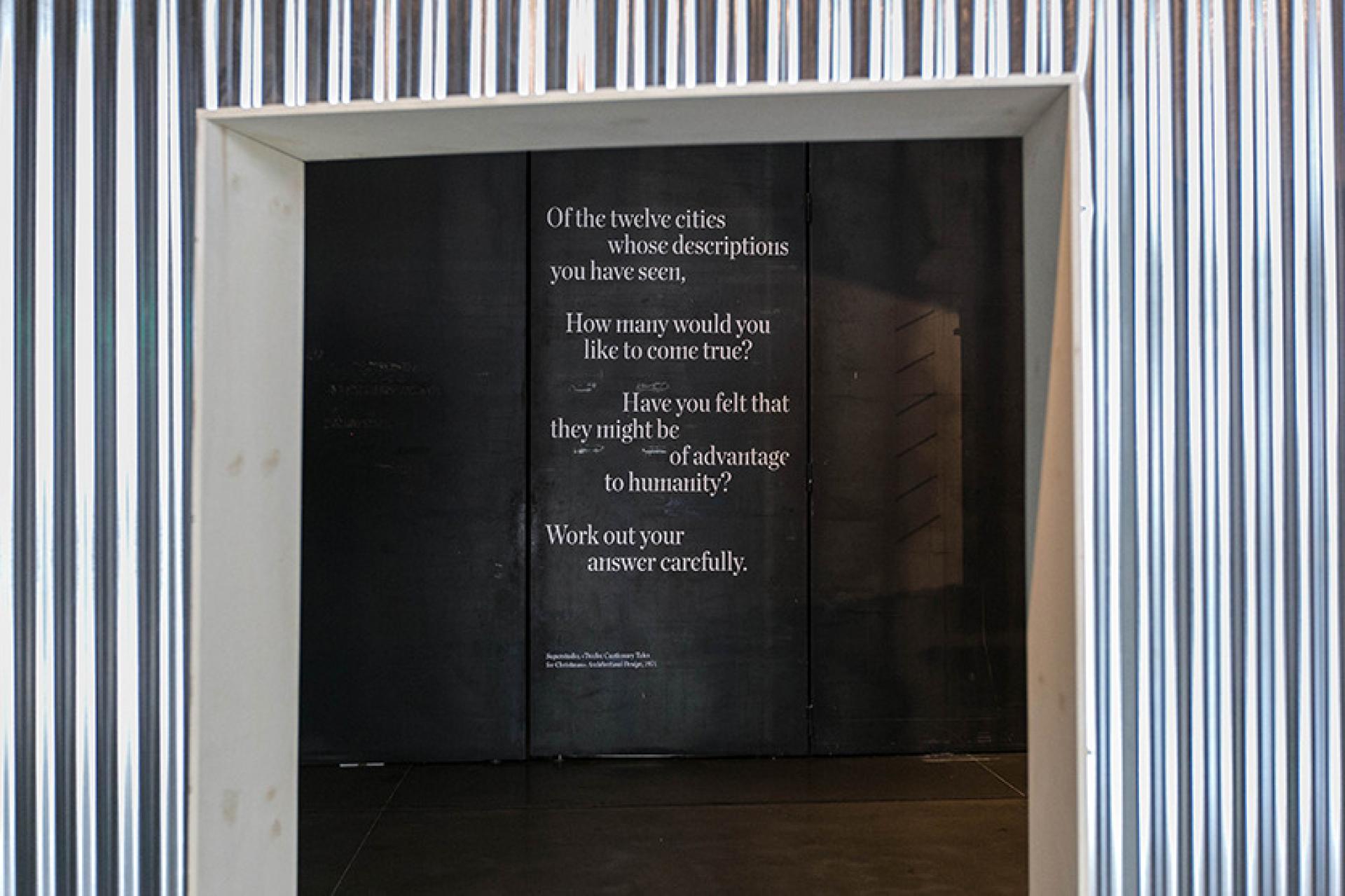
Exhibition closes with a final call back to Superstudio. We’re still working out the same questions! | Photo © Lukasz Michalak
Exhibition at Matadero Madrid shall be set until July 19, 2020. Although Matadero is, like the museums and galleries all over the world, currently closed, the exhibition can still be viewed online.
- by Sonja Dragović